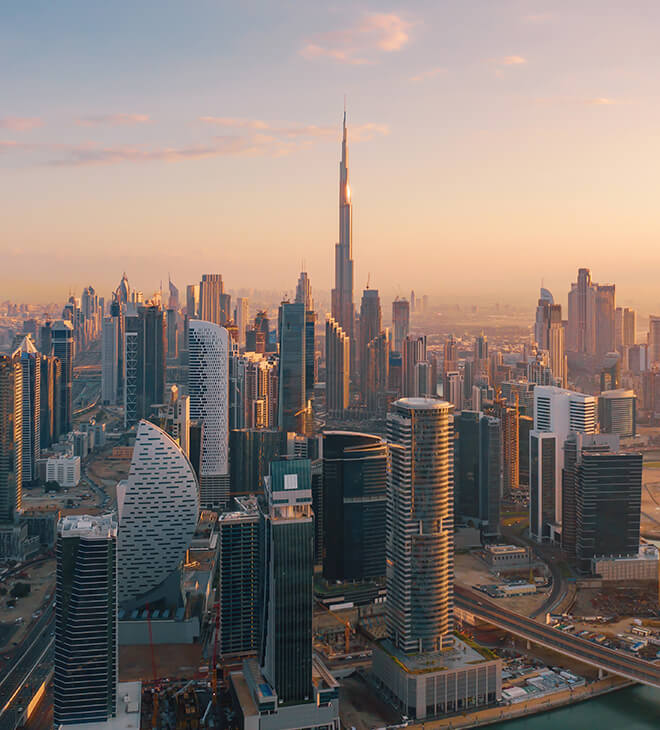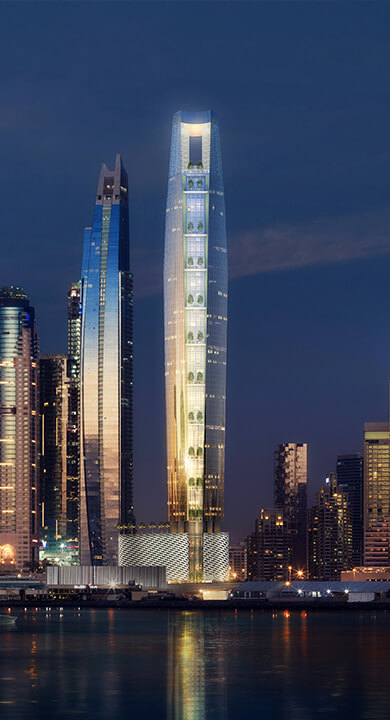Dubai to rank among world’s top 100 cities by GDP by 2035

Back in 2017, a report from Oxford Economics made a bold prediction: by 2035, Dubai would break into the world’s top 100 cities ranked by GDP, placing 89th overall. At the time that seemed ambitious for a city without the deep oil reserves of its Gulf neighbours Abu Dhabi and Riyadh. Yet less than a decade later, Dubai looks well on its way to proving the forecast right, and even possibly ahead of schedule.
The region’s first global city
Recent rankings suggest Dubai is no longer simply catching up but competing with the world’s established powerhouses. In the Global Power City Index (GPCI) 2024, the emirate ranked eighth worldwide and first in the Middle East & North Africa, with the report’s authors praising its economic strength, international accessibility and ability to attract talent.
It fared even better in the Brand Finance Global City Index 2024, coming in at fifth place globally and again topping the MENA region, with analysts citing Dubai’s dynamic business environment, investment appeal and rapid economic diversification as key factors in boosting its appeal.
While these accolades don’t directly measure GDP output, they do demonstrate that Dubai’s reputation, economic performance and soft power are already rivalling cities much larger in size.
Focus on innovation driving economic growth
In the first quarter of 2025, Dubai’s GDP expanded 4% year-on-year to reach AED119.7 billion ($32.6 billion) at constant prices. Non-oil sectors were the big contributors to economic growth, led by healthcare, real estate, trade and tourism.
On a national scale, the UAE economy is expected to expand by 4.9% in 2025, boosted by rising oil production and robust non-hydrocarbon activity, according to the Central Bank.
The Oxford Economics forecast of 2017 placed heavy emphasis on economic diversification. For Dubai, this meant less reliance on hydrocarbons and more on trade, finance, tourism, real estate and logistics. Fast forward to today, and that strategy appears to be paying off.
The Dubai Economic Agenda – D33 aims to double the size of the emirate’s economy over the next decade by focusing on high-value sectors, innovation, entrepreneurship and talent attraction.
According to a government statement, to achieve these goals, Dubai will “accelerate growth by investing in human development and advanced technology… By leveraging its strategic location and cutting-edge infrastructure, Dubai will establish itself as the most enabling business environment for national and international investments, attracting companies and talent from the UAE and across the globe.”
Foreign capital flooding in
It also builds on Dubai’s recently announced foreign direct investment (FDI) milestones: in the first half of 2025, the emirate secured 643 greenfield FDI projects – the highest ever for any city in a half-year period – placing first globally for the number of such projects, second for total Greenfield FDI capital, and third for jobs created.
Meanwhile, the expansion of Al Maktoum International Airport (DWC) has moved forward, with the government planning a new AED128 billion ($34.85 billion) terminal that will ultimately raise capacity to 260 million passengers annually, across five runways and 400 aircraft gates. International flight operations at Dubai International Airport (DXB) are expected to be gradually handed off to the upgraded DWC facility.
Together, the surge in FDI and the expansion of DWC underscore Dubai’s strategy of scaling up infrastructure and inflows of investment — critical components in its roadmap toward joining the world’s top 100 cities by GDP.
Ultimately, the ability to attract large long-term foreign investment, coupled with transport capacity upgrades, helps support the city’s economic diversification, leading to productivity gains that will enhance its global competitiveness.



